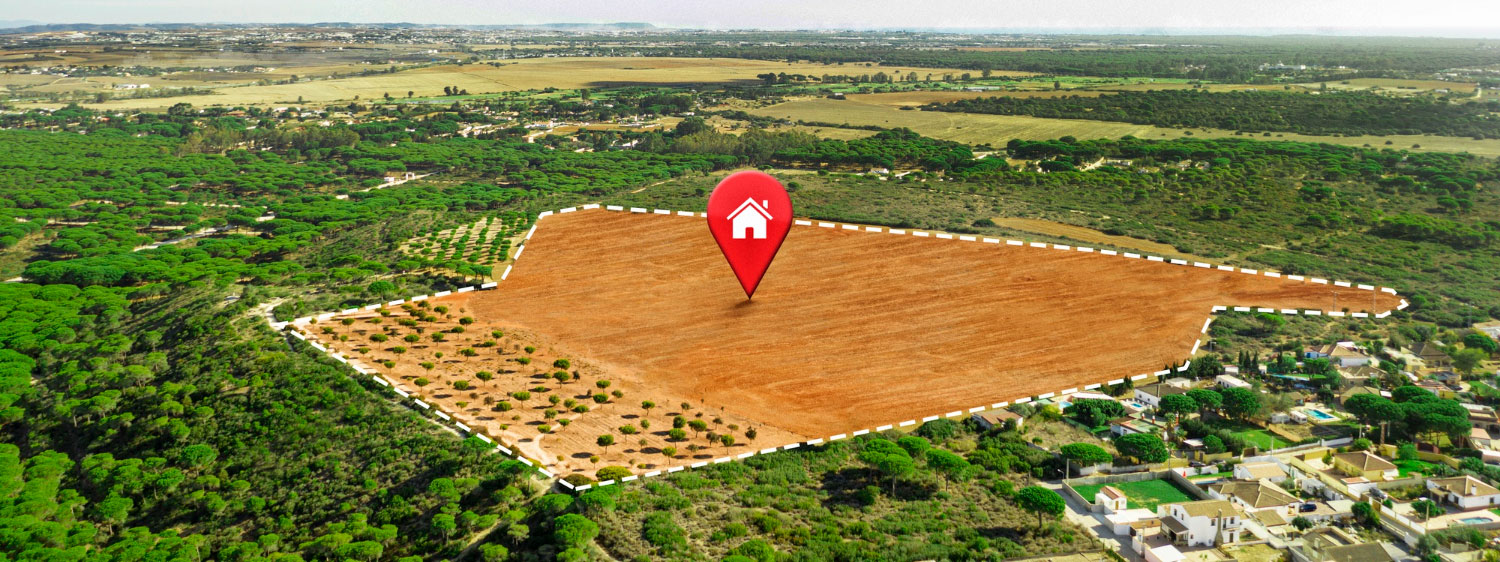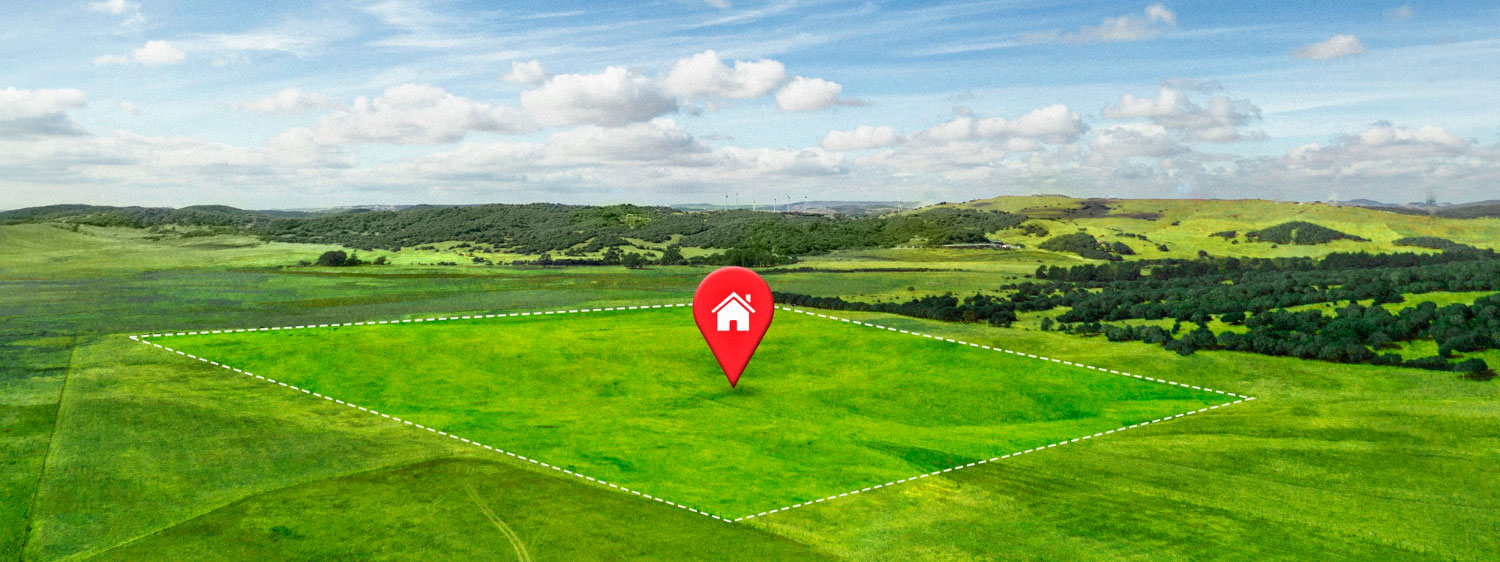

SVBB Infra’s land development refers to the practice of designing, planning, and constructing land-based projects in a way that minimizes negative environmental impacts while promoting long-term social, economic, and ecological well-being. It aims to create harmonious and balanced communities that thrive without depleting natural resources, polluting the environment, or causing harm to local ecosystems. Here are some key aspects of sustainable land development:
- Environmental Conservation: Sustainable land development focuses on preserving and protecting natural resources such as forests, wetlands, water bodies, and wildlife habitats. It aims to minimize disturbance to existing ecosystems and biodiversity.
- Smart Growth and Urban Planning: This involves designing communities that minimize urban sprawl by creating compact, walkable neighborhoods with mixed land uses. It encourages the efficient use of land and reduces the need for extensive infrastructure.
- Green Infrastructure: Integrating green spaces, parks, urban forests, and green roofs into developments can provide environmental benefits such as improved air quality, reduced heat island effect, and enhanced stormwater management.
- Energy Efficiency: Sustainable developments incorporate energy-efficient building designs, renewable energy sources (solar, wind, geothermal), and energy-saving technologies to reduce the carbon footprint of the community.
- Water Management: Implementing sustainable water management practices includes techniques like rainwater harvesting, permeable pavements, and efficient irrigation systems to conserve water resources and mitigate flooding.
- Waste Reduction and Recycling: Designing communities with a focus on waste reduction and recycling helps minimize the generation of waste and promotes responsible waste management.
- Transportation Alternatives: Encouraging public transportation, cycling, and walking reduces reliance on private vehicles, lowers emissions, and eases traffic congestion.
- Community Engagement: Involving local residents, stakeholders, and community organizations in the planning and decision-making process fosters a sense of ownership and ensures that development meets the needs and desires of the community.
- Economic Viability: Sustainable land development considers long-term economic viability by creating resilient and economically diverse communities that can adapt to changing circumstances.
- Regulatory Compliance: Adhering to local, regional, and national regulations and standards related to environmental protection, zoning, and land use is a fundamental aspect of sustainable land development.
- Life Cycle Assessment: Evaluating the environmental impact of a development throughout its entire life cycle—from planning and construction to operation and eventual decommissioning—helps identify areas for improvement.
- Certification and Green Building Standards: Various certification programs and green building standards, such as LEED (Leadership in Energy and Environmental Design) or BREEAM (Building Research Establishment Environmental Assessment Method), provide guidelines and benchmarks for sustainable land development practices.
Our land development recognizes the interconnectedness of ecological, social, and economic systems and seeks to create communities that are not only environmentally friendly but also socially inclusive and economically viable. It requires a holistic approach, collaboration among various stakeholders, and a commitment to responsible and ethical development practices.